We all crave sweets and snacks now and then—but who wants the extra calories or endless hours at the gym? Luckily, staying fit does not have to be a chore. With fun, creative ways to move, you can turn workouts into play and transform your fitness journey!
Why is it important to get fit?
Staying fit is a necessity for leading a healthy lifestyle. Physical activity or exercise can reduce the risk of developing many severe diseases. As a long-term benefit, it certainly improves the quality of life. Therefore, revolutionize your fitness journey by committing to maintain physical health.
How to start being healthy and fit
Embarking on a journey to better health and fitness can feel overwhelming, but with the right mindset and simple, effective tips, getting started is easier than you think.
Start small: Gradual progress beats burnout
People dive in and attempt everything – changing their diet, starting to exercise, and stopping drinking and smoking – yet within a couple of weeks, they lose motivation or become too tired. If you have not been in shape, it will take time. Incorporate some high-intensity interval training (HIIT), but doing that daily will likely be too intense for most people. Engage in it once (or at most, twice) a week, along with slow jogs, swimming, and brisk walks – plus take two or three rest days, at least for the first month. This approach will allow for recovery sessions alongside high-intensity workouts.
Choose activities that fit you, not the trend
Fitness is not one-size-fits-all, and it certainly does not have to follow what is trending online. Just because everyone is doing high-intensity workouts or training for marathons does not mean that is what will work—or feel good—for you. The best kind of exercise is the one you genuinely enjoy and want to stick with. Whether dancing in your room, hiking, swimming, doing yoga, or even just taking daily walks, engaging in what feels fun and natural makes it easier to stay consistent. When you move in ways that bring you joy, fitness becomes something to look forward to, not a chore you dread.
You don’t need to love exercise to stick with it
It is helpful not to force yourself into activities you actively dislike. Consider the types of activities you enjoyed as a child, like roller skating and bike riding. However, you don’t have to genuinely enjoy exercise. Many people who stick with exercise say, “I feel better when I do it.” Some aspects may indeed be enjoyable, such as the physical response of your body, the feeling of becoming stronger, and the joy that comes with mastering a sport.
For many individuals, the obvious choices aren’t necessarily the ones they will enjoy, so they should look beyond those options. This may include different sports or simple pleasures, like engaging in activities with others.
Forget willpower – Find real reasons to move
If you need willpower to do something, you do not really want to do it. Instead, consider exercise in terms of why we are doing it and what we want to gain from physical activity. How can I benefit today? How do I feel when I move? How do I feel after I move?
Focus on the feel-good benefits, not guilt or goals
When starting your fitness journey, it is easy to get caught up in numbers—pounds lost, calories burned, reps completed. However, obsessing over results can lead to burnout or frustration, especially if progress feels slow. Instead, shift your focus to how being active makes you feel. Maybe you are sleeping better, your mood is brighter, or you feel more energized during the day. These are powerful wins that often get overlooked. Let your motivation come from those daily feel-good moments rather than from guilt or pressure to meet specific goals. Fitness should be something that uplifts you, not something you feel punished by.
Life gets in the way – Be kind to yourself
No fitness journey is perfect, and that is completely okay. There will be days when you are too busy, too tired, or simply not in the mood—and that does not mean you have failed. Life happens. Skipping a workout or indulging in your favorite comfort food does not undo your progress. What matters most is consistency over time, not perfection every day. Treat yourself with the same kindness and patience you would offer a friend. Celebrate the small wins, learn from the setbacks, and remember that showing up for yourself, whatever that looks like today, is still a step forward.
Skip the ideal, embrace the realistic
You do not need a perfect meal plan, a fancy gym membership, or hours of free time to start getting fit. Striving for an ideal version of health can be discouraging and unsustainable. Instead, focus on what works for you and your lifestyle right now. Maybe that means taking 10-minute walks during lunch breaks, stretching while watching TV, or swapping one snack for a healthier option. Small, consistent efforts add up. Progress looks different for everyone, so let go of the all-or-nothing mindset and build habits that are realistic, enjoyable, and easy to maintain in the long run.
How to stay fit and healthy
Staying fit and healthy is not about perfection but about discovering practical, sustainable habits that align with your lifestyle and help you feel your best every day.
Turn fitness into a habit, not a chore
When you start running, it can be tiring just to get out the door—where are your shoes? Your water bottle? What route are you going to take? Eventually, there are no longer costs associated with the activity. Engaging in physical activity regularly and planning for it helps make it a sustainable behavior. Missing sessions does not.
Plan your workouts like appointments
What if you do not have time to exercise? This is undoubtedly true for many people who work two jobs or have extensive caregiving responsibilities, but is it true for you? It may be a matter of priorities. You should plan: the first is ‘action planning,’ where you determine where, when, and how you will exercise and try to stick to it. The second type is ‘coping planning’: anticipating obstacles and putting a strategy in place to motivate yourself again. Most people do not allow themselves to prioritize self-care behaviors, like exercise.
Use tech to track progress – but do not obsess
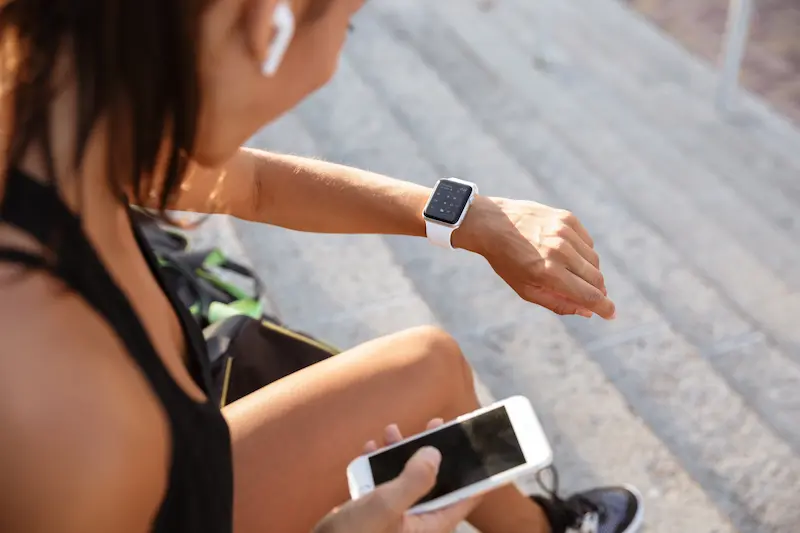
For goal-oriented individuals, closely monitoring progress can be beneficial, but it is essential to allow some flexibility in your goals. You might have had a stressful day at work, go out for a run, and not complete it as quickly as you had hoped, which might lead you to think, ‘I am just not going to bother anymore.’ However, it can start to become a bit addictive, causing you to ignore your body’s signals, which increases your risk of injury.
Make movement serve a bigger purpose
Our reasons for starting to exercise are crucial to whether we will maintain that commitment. Too often, society promotes exercise and fitness by tapping into short-term motivation, guilt, and shame. Younger people may go to the gym more if their reasons are appearance-based, but beyond our early 20s, that motivation wanes. Vague or future goals also fall short (“I want to get fit, I want to lose weight”). We will have greater success if we concentrate on immediate positive outcomes like stress reduction, increased energy, and making friends. We will only prioritize time for exercise if it offers benefits that are genuinely compelling and valuable to our everyday lives.
How to get fit and healthy at any stage
No matter your age or starting point, it is never too late to prioritize your health—these expert-backed fitness tips can help you build strength, boost energy, and feel your best at every stage of life.
Short on time? Keep workouts quick and effective
A workout does not have to last an hour. A well-structured 15-minute workout can be quite effective if you are pressed for time. As for regular, longer sessions, tell yourself that you will make time and adjust your schedule accordingly.
No gym? No problem – exercise at home
If you have caregiving responsibilities, you can accomplish a lot in a small area at home. In a living room, it is easy to establish a routine that alternates between leg and arm exercises. It is called peripheral heart action training. By performing six or eight exercises, the effect of switching between the upper and lower body results in a significant boost to metabolism and a strong cardiovascular workout. Try squats, half push-ups, lunges, tricep dips, and glute raises. You will elevate your heart rate, engage your muscles, and enjoy a solid overall workout. These routines take no more than 15-20 minutes and only require a chair for the tricep dips—though dumbbells can also be beneficial.
Add strength and balance training as you age
We begin to lose muscle mass around the age of 30. Resistance training (using body weight, such as push-ups, or equipment, like resistance bands) is crucial: it helps maintain muscle mass or at least slows down the loss. Additionally, some form of aerobic exercise is necessary: incorporate balance challenges since our balance is affected as we age.
Cold outside? Don’t let winter be your excuse
Winter does not have to be a time to hibernate. Be decisive, place your trainers by the door, and try not to dwell on the cold, drizzle, or greyness. The same goes for going to the gym – it is that voice in our head that makes us feel like it is a hassle, but once you are there, you think: ‘Why was I procrastinating about that for so long?’
Get breathless: Make everyday activities count
We are often told that housework and gardening can contribute to our weekly exercise targets, but is it really that simple? The measure is that you are generally getting hot, out of breath, and working at a level where, if you have a conversation with someone while you are doing it, you are puffing a bit. With gardening, you would need to engage in heavier gardening, like digging, not just weeding. If you are walking the dog, you can turn it into a genuine exercise session by running with the dog or finding a route that includes some hills.
Push yourself when you are ready – not sooner
If you participate in 5k runs and are unsure whether to push yourself faster or go further, rate your exertion on a scale from one to ten. When you notice those numbers decrease, that is the time to start challenging yourself a bit more. With regular exercise, you should see progress over a two-week period and push yourself if you feel it is becoming easier. You are aiming for a change in your speed, endurance, or strength.
If your plan isn’t working, switch it up
It rains for a week, and you do not go running once, leaving you feeling guilty. It is a mix of emotions and a lack of confidence that leads us to believe that if people fail a few times, it signifies the failure of the entire project. Remember, it is possible to get back on track.
If previous exercise regimes have not worked, do not beat yourself up or try them again – just explore something else. We often believe that if you cannot lose weight, you blame yourself. However, if you could shift that to: ‘This method does not work for me, let’s try something different,’ there is a chance it will work better for you, and it helps you avoid self-blame, which is unproductive.
Sick or tired? Learn when to rest or move gently
The general rule is that if it is above the neck – a headache or a cold – and you are mindful of how you feel, you are generally okay to do some form of exercise. If it is below the neck, such as trouble breathing, it is best to rest. The key is to be sensible. If you were planning a high-intensity workout, you should reduce the intensity, but sometimes just moving can help you feel better. After recovering from an illness, trust your instincts. You do not want to jump straight back into training four times a week. You might want to maintain the same number of sessions but make them shorter, or consider doing fewer.
Recovering from injury? Progress won’t be linear
Clearly, how quickly you start exercising again depends on the type of injury, so you should seek advice from your doctor. Psychologically, though, even when we do everything we should, there will still be dips in the road. It will not be a linear progression towards getting better.
Post-pregnancy fitness: Be gentle and patient
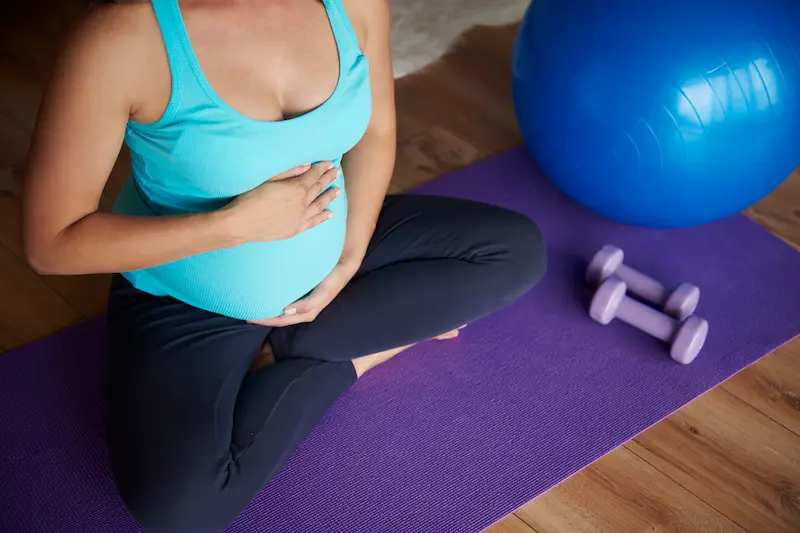
Listen to your body and your doctor’s advice at your six-week postnatal checkup. After a caesarean section, returning to exercise will take longer, and pregnancy-related back injuries, along with issues concerning abdominal muscles, can impact how soon you can resume training, possibly requiring physiotherapy. Once you are walking and have a bit more energy, considering where you were before (some women never exercised before pregnancy), starting a routine after having a baby is quite an undertaking. Be patient. Relax, take care of yourself, and care for your baby. When you feel a bit more energized, gradually ease back into your routine. Start with very basic activities like walking and carrying your baby [in a sling].
Motivation and mindset
Proper fitness is not just physical—it starts in the mind. Understanding the psychology behind motivation and mindset can be the key to staying consistent, committed, and confident on your health journey.
Build fitness that lasts, not just a quick fix
Quick fixes might promise fast results, but they rarely stick. Crash diets, extreme workouts, and all-or-nothing mindsets can lead to burnout or rebound habits. The key to long-term fitness is building a foundation of habits you can realistically maintain. Start small, stay consistent, and focus on progress over perfection. Whether it is walking more, eating mindfully, or getting enough rest, sustainable changes are the ones that lead to real, lasting results. Think of fitness as a lifestyle shift, not a short-term sprint.
Why staying active is harder than getting started
Getting started often feels like the biggest hurdle, but maintaining momentum can be even trickier. Life throws curveballs—stress, schedule changes, low motivation—and without a plan, it is easy to fall off track. That is why staying active requires more than willpower; it takes intention, flexibility, and a deep “why” behind your efforts. When you expect challenges and build systems to support your routine, like having backup workouts, accountability partners, or active habits built into your day, it becomes easier to stay in motion, even when motivation dips.
How to make fitness a part of your lifestyle
To make fitness stick, it must blend into your life, not compete with it. That means finding activities you enjoy, scheduling movement the way you would any important task, and removing the “all or nothing” pressure. Fitness does not have to mean hours at the gym; it can be dancing, biking, hiking, or simply taking the stairs. Make it social, make it fun, and make it yours. The more fitness aligns with your values, routine, and personality, the more natural and long-lasting it becomes.
Sustainable fitness, lasting change
Getting fit and healthy does not require drastic changes—it starts with small, realistic steps that you can build on over time. You can create a lasting, sustainable fitness journey by focusing on what feels good, staying flexible, and choosing habits that fit your life. Remember, progress is personal, and every step forward counts. So start where you are, be kind to yourself, and keep moving—you have got this.
FAQs about how to get fit and healthy
Got questions about getting fit and healthy? Here are some of the most common FAQs answered to help you start strong and stay on track with confidence.
- How can I make my body fit and healthy?
Start with the basics: eat a balanced diet, move your body regularly, stay hydrated, get quality sleep, and manage stress. Consistency is more important than intensity—build small habits that support your physical and mental well-being over time.
- What are 10 healthy habits?
Here are ten powerful habits to support a fit and healthy lifestyle:
- Drink plenty of water
- Eat whole, nutrient-rich foods
- Move daily—even a walk counts
- Get 7–9 hours of quality sleep
- Practise portion control
- Limit processed foods and added sugars
- Manage stress through mindfulness or hobbies
- Strength train or do resistance exercises
- Avoid smoking and alcohol
- Stay consistent, not perfect
- How can I get a fit body fast?
While there is no magic shortcut, combining regular strength training, cardio, clean eating, and sufficient rest can speed up results. Focus on intensity, form, and nutrition—but remember, quick fixes often do not last. Sustainable changes bring long-term results.
- What exercise burns belly fat?
No exercise specifically targets belly fat, but full-body workouts like HIIT, strength training, and cardio can help reduce overall body fat. Combining exercise with a healthy diet, good sleep, and stress management leads to the best results. Core exercises strengthen and tone the area, but they will not “spot-reduce” fat.
Key Takeaways
- Begin with small steps, select exercises that suit you, and discover motivating reasons to move.
- Make fitness a routine, schedule your workouts, and utilize technology for tracking progress.
- Keep workouts quick and effective, exercise at home, and incorporate strength and balance training as you age.
Stay tuned to the Activ Living Community. Keep up to date with the latest health tips and trends through expert videos, podcasts, articles, and much more on nutrition, fitness, mindfulness, and lifestyle conditions like Asthma, Blood Pressure, Cholesterol, and Diabetes. Activ Living ke saath sahi sehat ki shuruat ABHI karo.
You may also be interested in the following blogs:
- Transform Your Leap Day Into A Fitness Revolution With 5 Strategies
- Top 3 Types Of Balance Exercises For Everyday Stability And Fitness
Popular Searches
How to lower blood pressure | Fruits good for liver | Unhealthy foods | Ragi Benefits | Basal Metabolic Rate | Acupressure points for High Blood Pressure | Ayurvedic medicine for blood pressure | How to control cholesterol at home | Homeopathy for Asthma | Biological Age | Home remedies for TB | Natural beta blockers | Negative effects of internet | Types of walking | Blood pressure calculator | Blood sugar calculator | BMI Calculator





 1800-270-7000
1800-270-7000

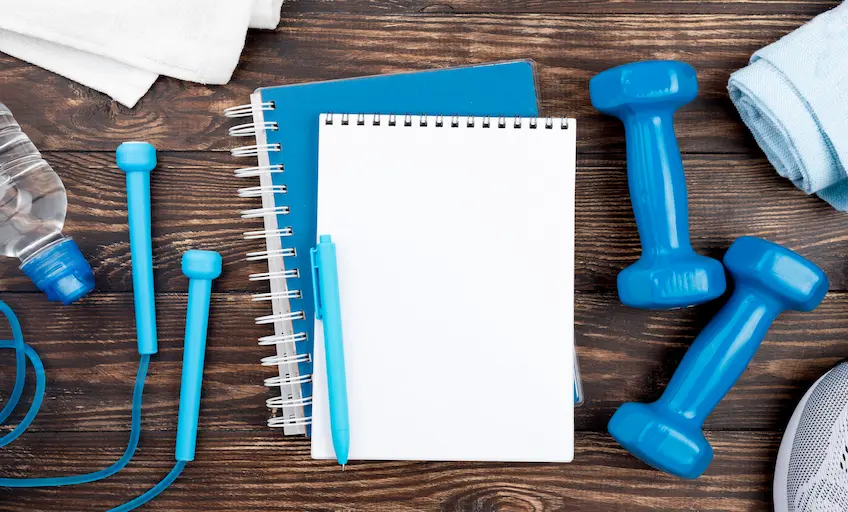

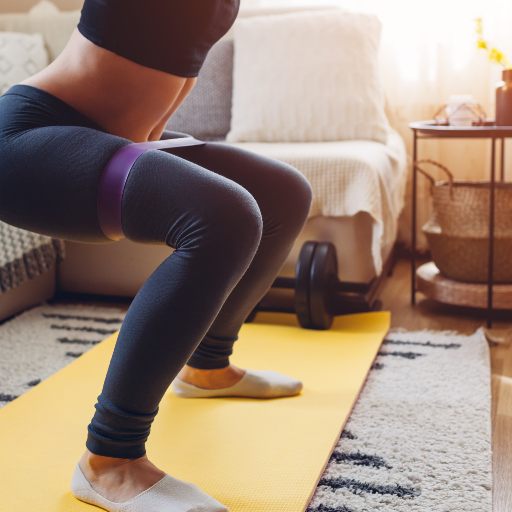
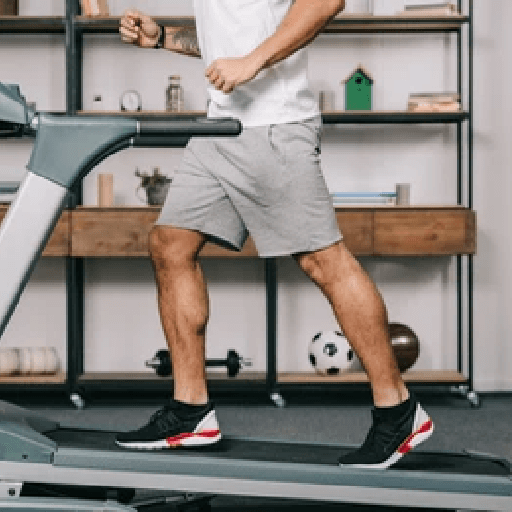
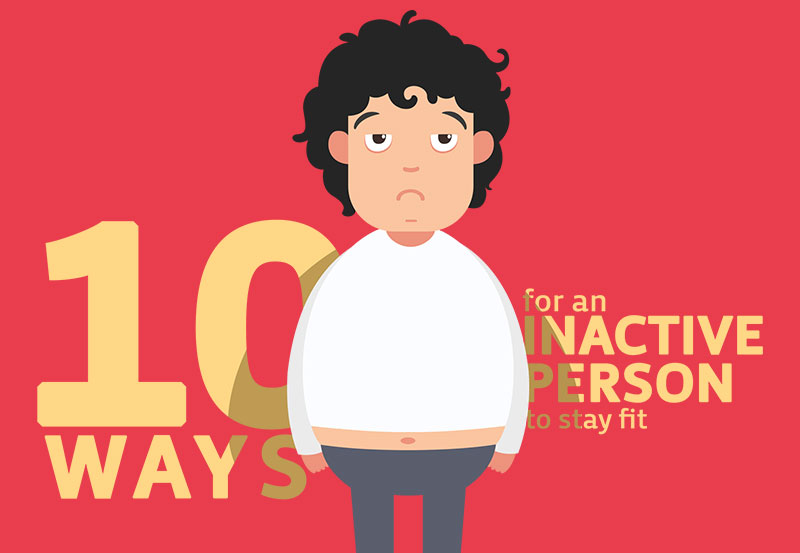
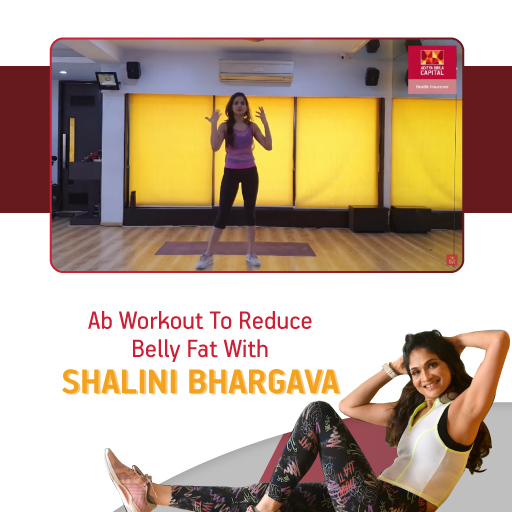
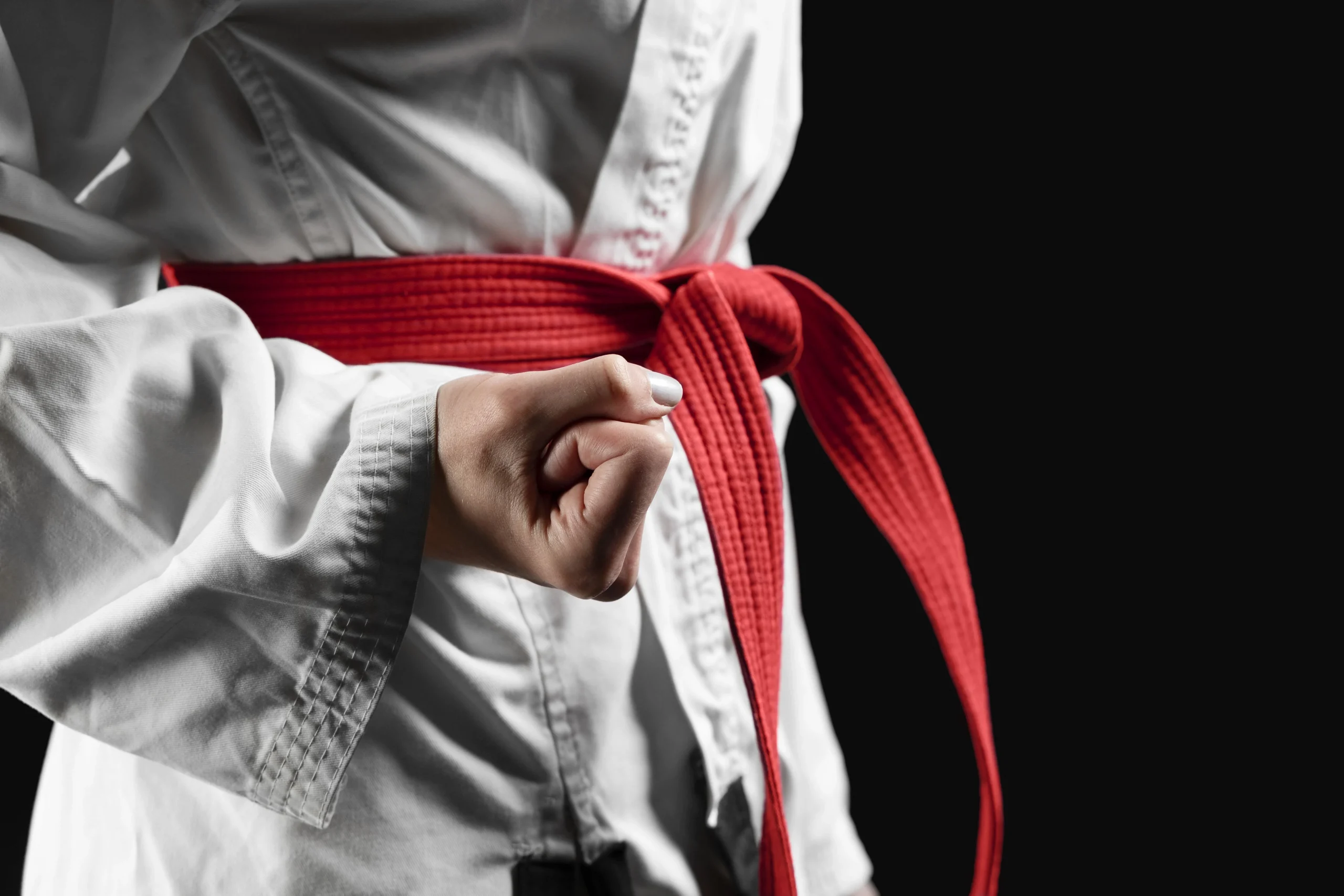
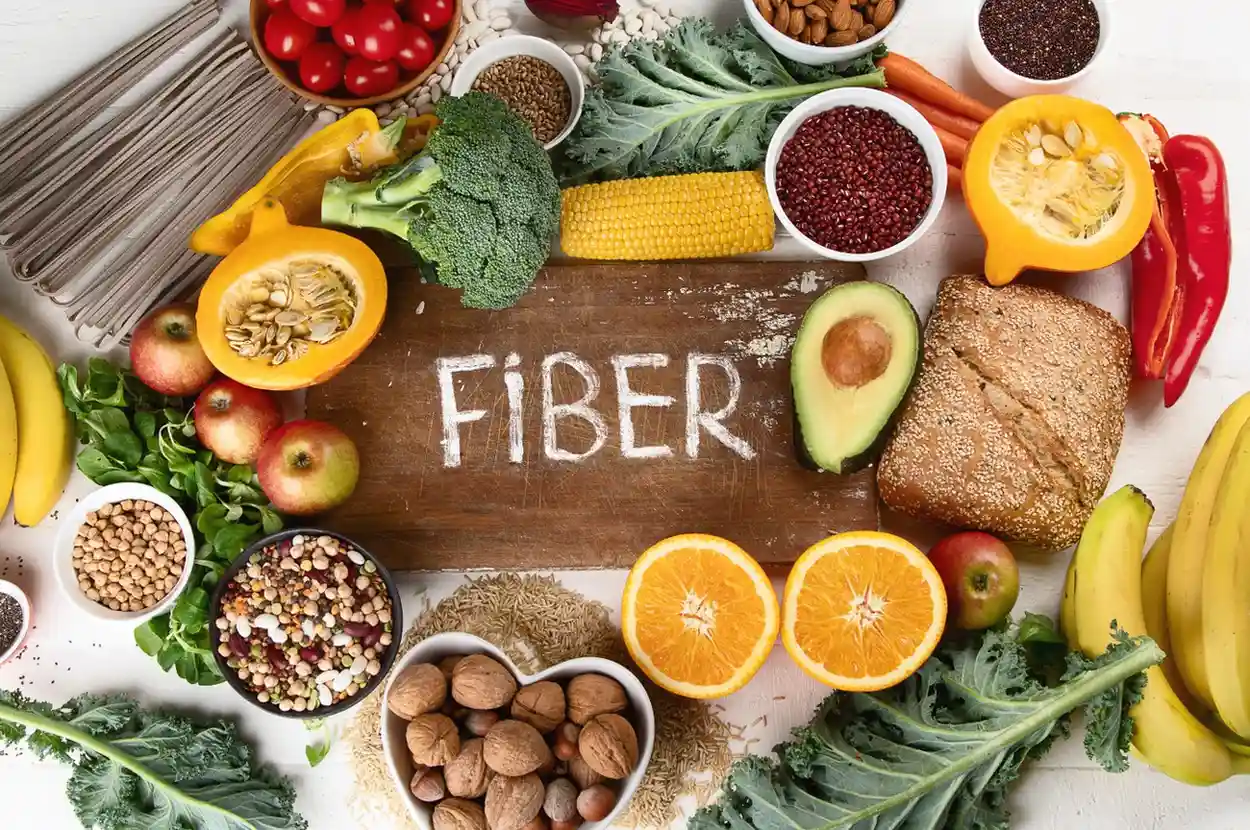
Good tips for good health
This blogpost answered a lot of questions I had. Such a helpful article, thanks for posting! Fantastic job covering this topic in such depth! This blogpost answered a lot of questions I had. Excellent post with lots of actionable advice! Your writing style makes this topic very engaging. Your perspective on this topic is refreshing!